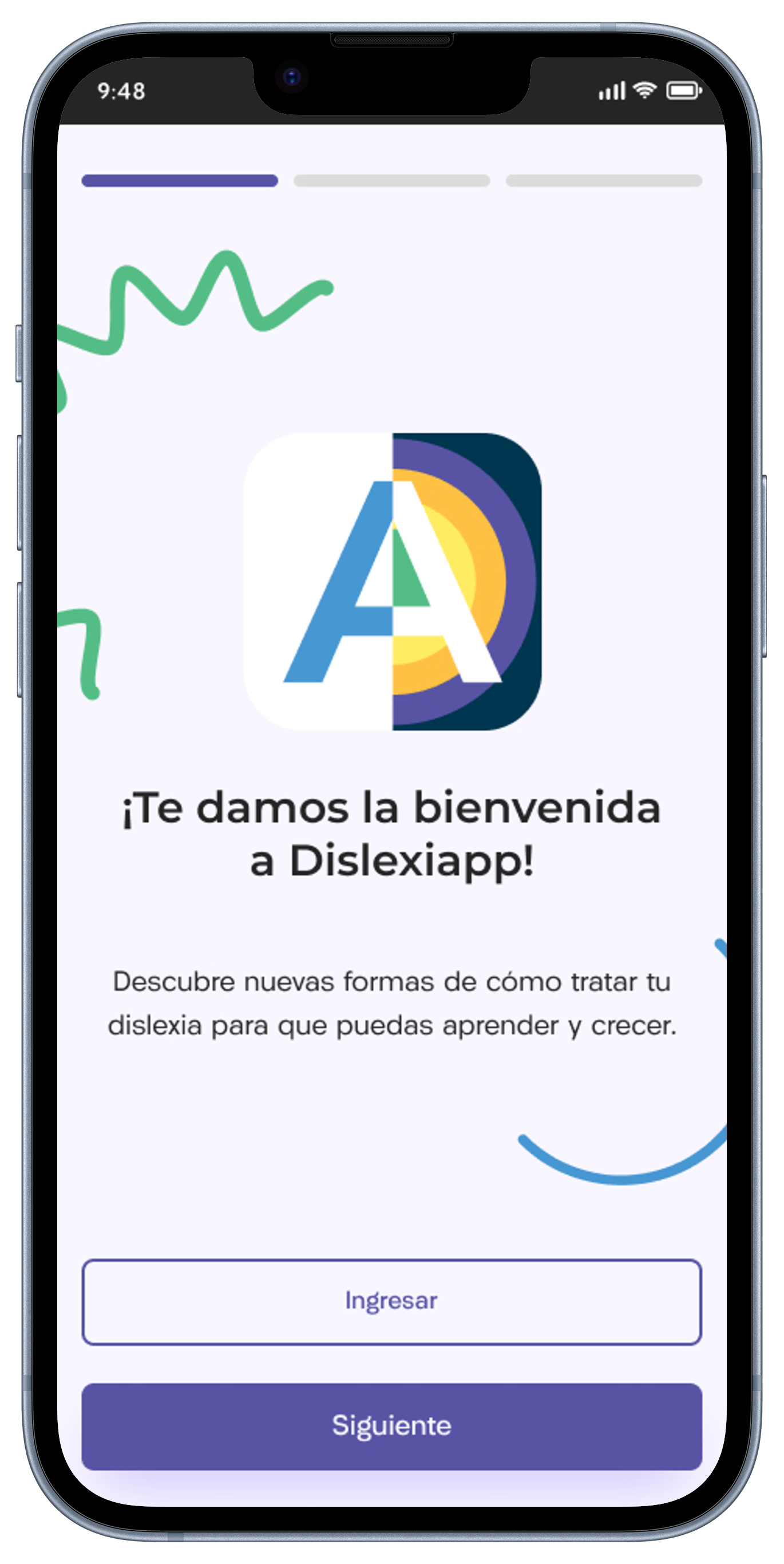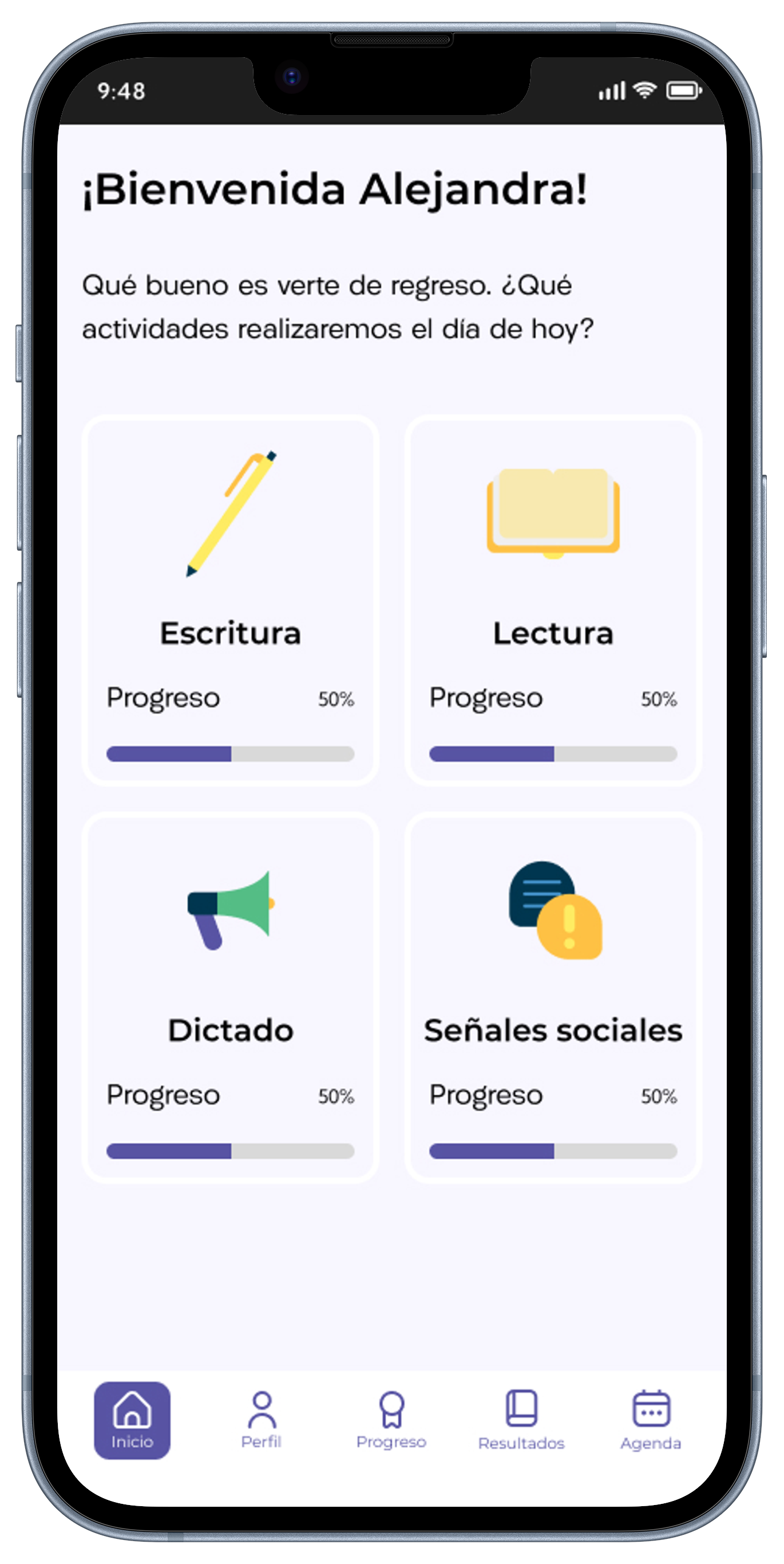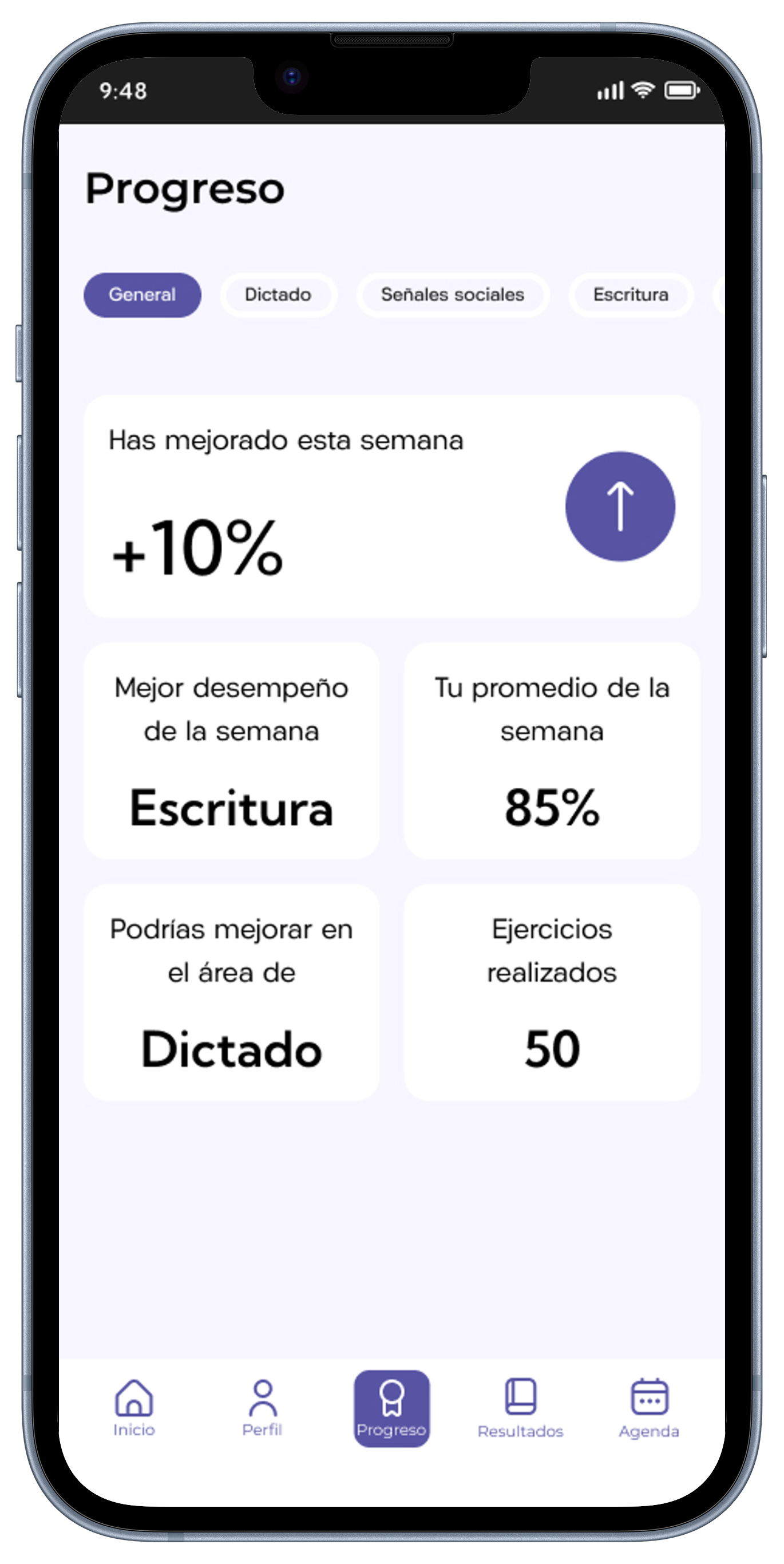Personality and values
Progress must be compensated
Education has to be universal
Knowledge is power
Team work is crucial for personal growth
The kids are the future of our country
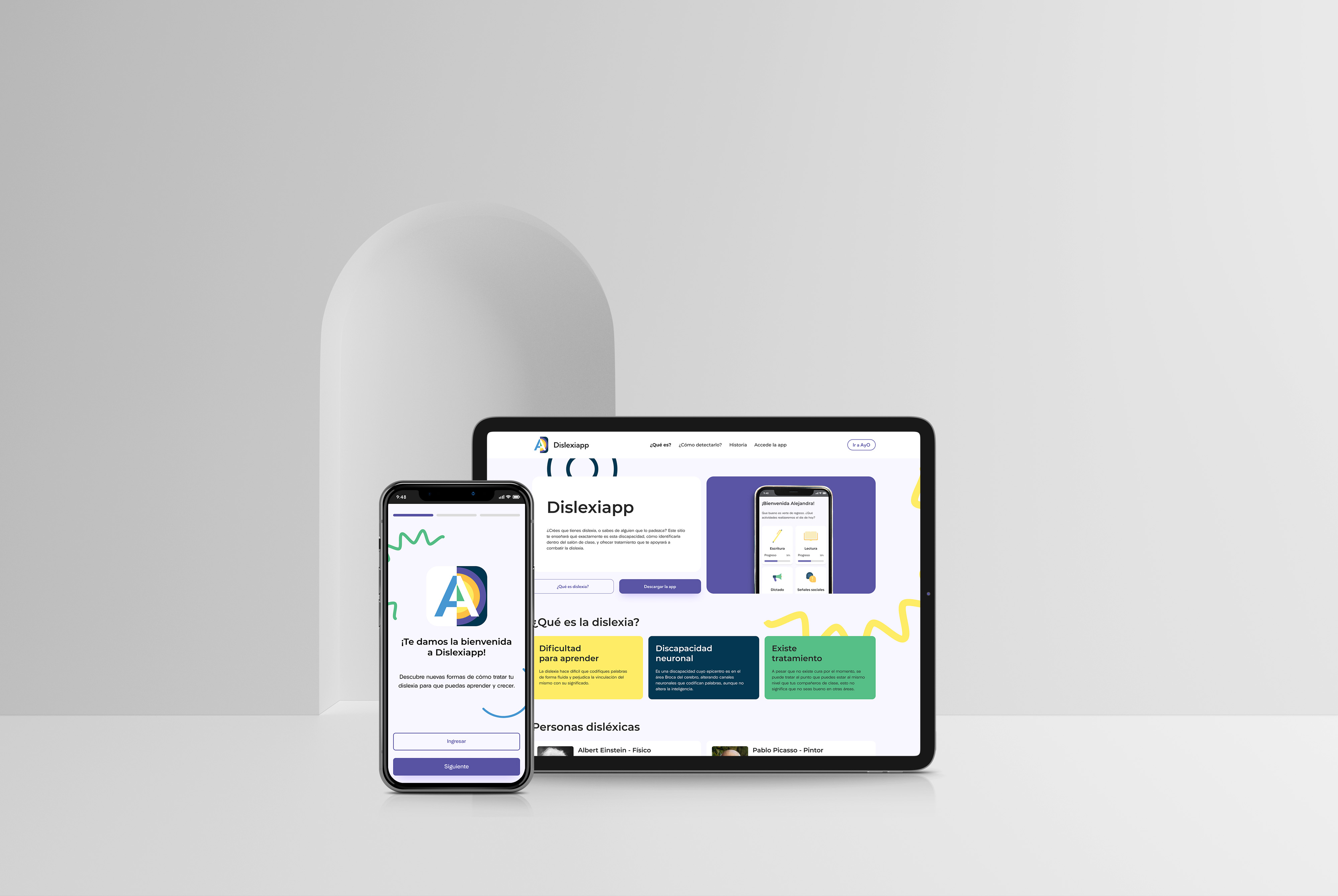
Dyslexia is a neuro disability that is silent when it strikes, but loud when it comes to symptoms. More often being able to be detected at early age, this affects the decoding between concepts and meanings of the written word, regardless of its medium. Leading to this disability primarily targeting the academic growth of kids in their early years in primary, by which teachers lack the knowledge to identify.
Given the complexity of the subject (and the fact that I lack a medical degree as a designer), secondary research was the main source to understand how the disability hinders the skills and capabilities of the individual, its consequences by not being identified and possible treatments or cures.
Interviews were conducted in addition to the secondary research to grasp the perspective and knowledge of the professionals that treat and interact with the disability, such as school psychologists, primary teachers and neuropsychologists.
In regards to users, dyslexic students were the main factor of the project, as well as primary teachers and for quality check, other designers in the field in regards with their experience in treating delicate subjects in projects.
To understand the landscape in search of current solutions for the problem, I researched for products or services that directly treat the problem and based off of that, I searched for similar solutions but with these solve different problems through the same methodology or functionality.
A series of interviews were conducted with two neuropsychologists, a psychologist, and a teacher to uncover the current state of dyslexia within the context of a classroom and in young students.
On the design side of things, three interviews were conducted with design professionals, two with experience on information and product design and one with general graphic design education working as a teacher.
To get to know the target audience, teachers, students with and without dyslexia and parents with dyslexic children were subjected to a survey to pick up on factors related to their knowledge of dyslexia, their design style preferences, and if they knew how to identify dyslexia within the classroom.
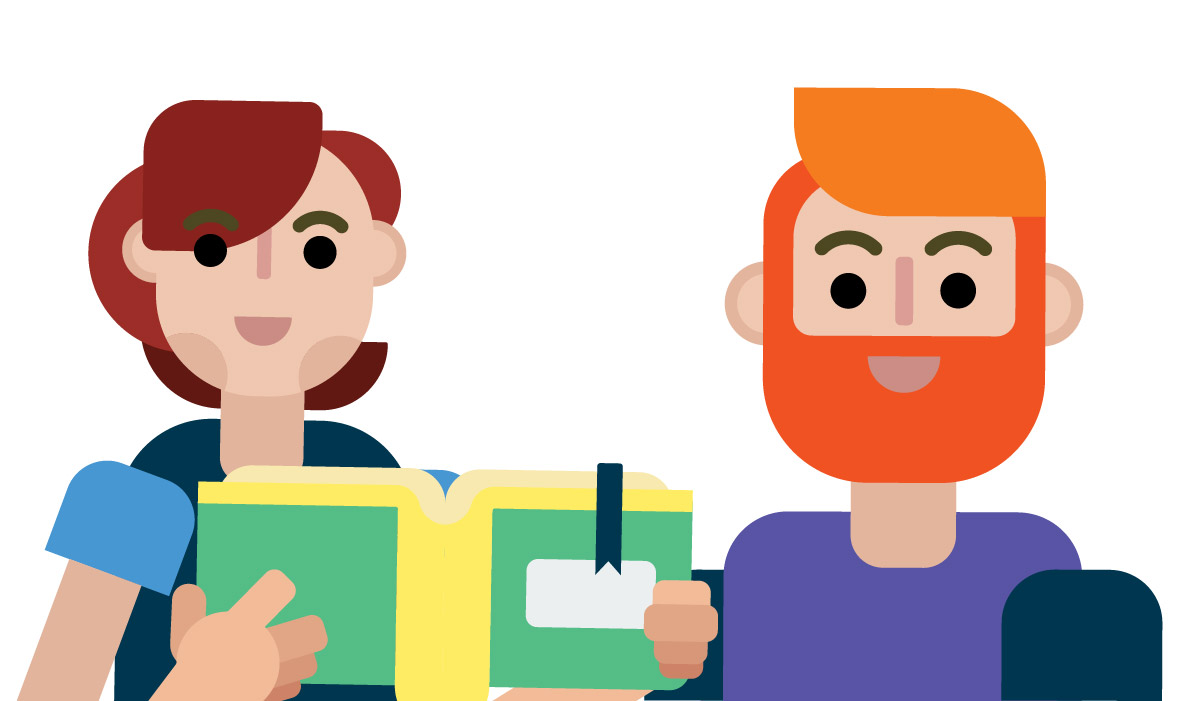
Progress must be compensated
Education has to be universal
Knowledge is power
Team work is crucial for personal growth
The kids are the future of our country
Night time classes (university or online courses)
Living in apartments or with their parents
Single, in a relationship or engaged
Their hobbies consist of listening to music, taking classes for personal or professional growth
Prepares to teach a class beforehand
Double checks for references and quotes
Patient when it comes to explaining complex topics
Listens to self-development podcasts
Attends to meetings/webinars related to positive leadership
Tunes into audiobooks to deepen their knowledge
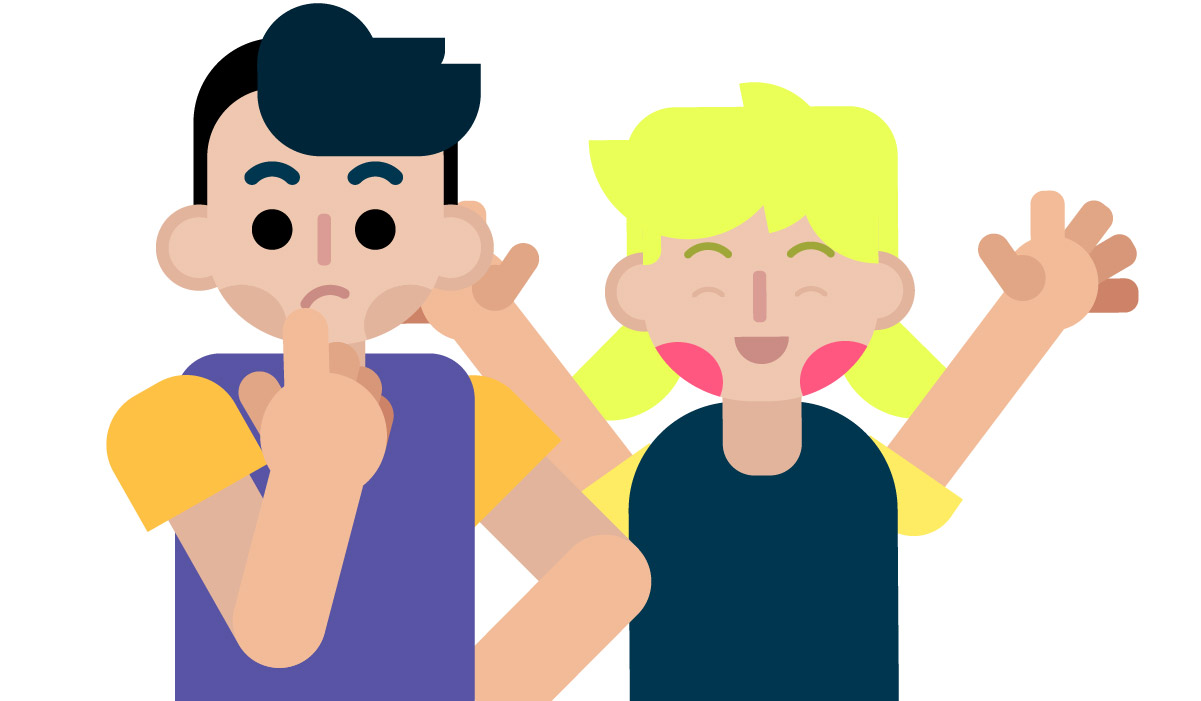
Has to learn complex subjects to become a better person
Overachievers even in the smallest of activities
Starts their homework as soon as they come back home
Assists extracurricular classes
Their free time consists of video games, reading or playing outside with friends
Prefers to work alone when asked to work in groups
Considers reading as an obstacle
Often compares their shortcomings with other students
Likes to be on their own when they can
Tends to be reserved within the classroom
Chooses to not read aloud when asked
Adriana Martinez, 27, married with one child, elementary teacher
Be the best version of herself
Become a positive role model for her students
Provide quality knowledge and information in her classes
Do deep research of a topic prior to teaching
Looks for more and fun ways to teach the class to her students.
Sets milestones for personal and professional growth
Not being able to resolve the doubts of her students
Not having or not pursuing her life goals
Having students falling behind in their courses
Kevin Sandoval, 7, elementary student
Learn to live with dyslexia at an early age
Speak in public
Read a line of text and not pronounce with err
Complete elementary school
Live with dyslexia through constant therapy with professional help
Being able to connect and interact with classmates
Reading in public
Expressing his emotions with others
Not being able to understand what is being taught in class or discussions
Since dyslexia is a disability that can be perceived as laziness or lack of motivation to learn, elementary teachers often confuse it with a low intelect, therefore leading the student that has the disability down a troublesome path in his academic life. This results in a low motivation in life, the student thinking that they are set up for failure and never being able to achieve anything in life.
An app that connects the teacher with a student with dyslexia. The student will be able to interact with activities specific in each of the four areas the disability could hinder them and the teachers will be able to view the progress of their students as well as deepening their knowledge on the subject.
Through exploring different creative methods to generate a project concept that resonates with kids as well as primary teachers, "connecting luminous characters" as the base of the project to establish the look/feel, textures, colors and more.
